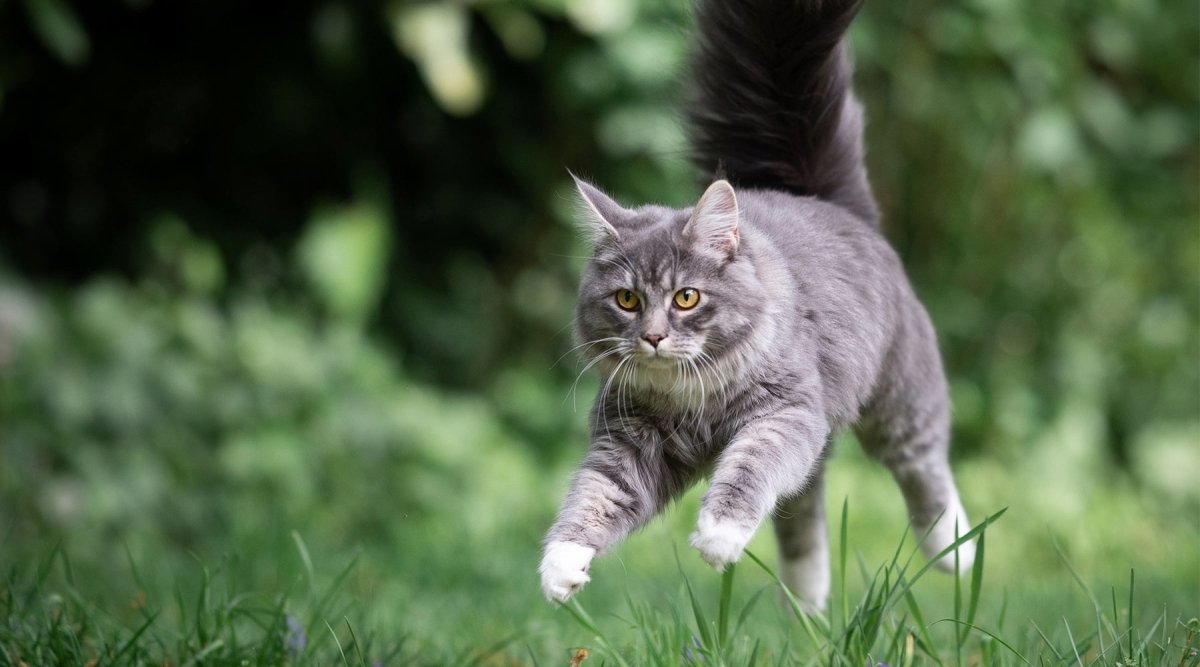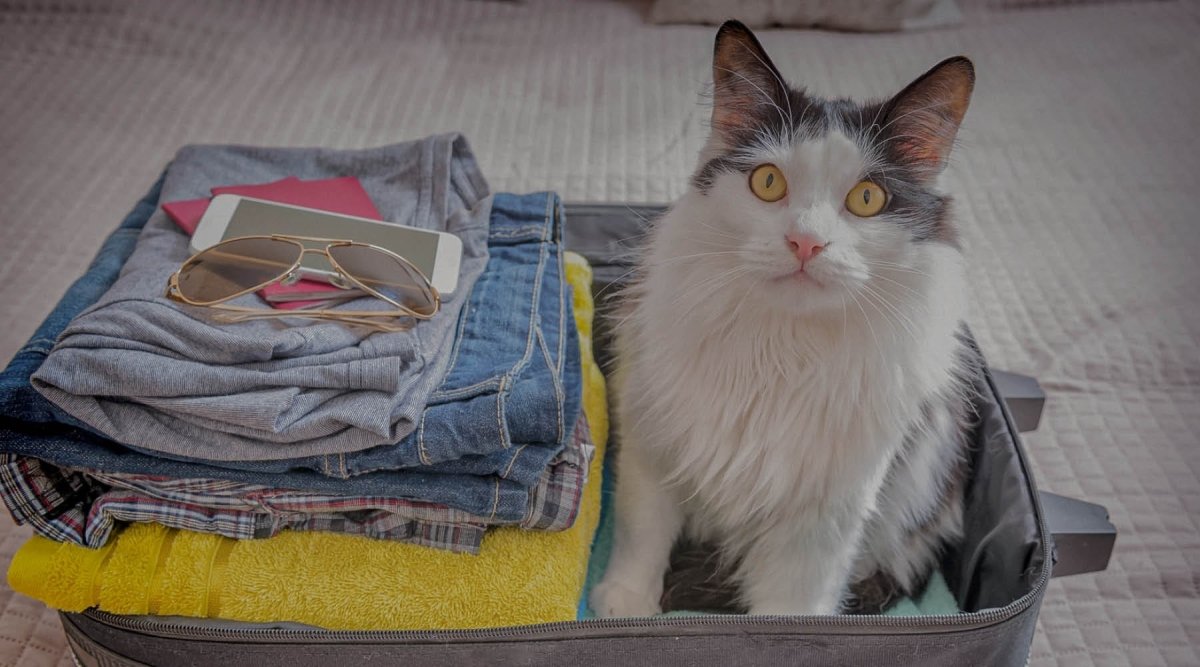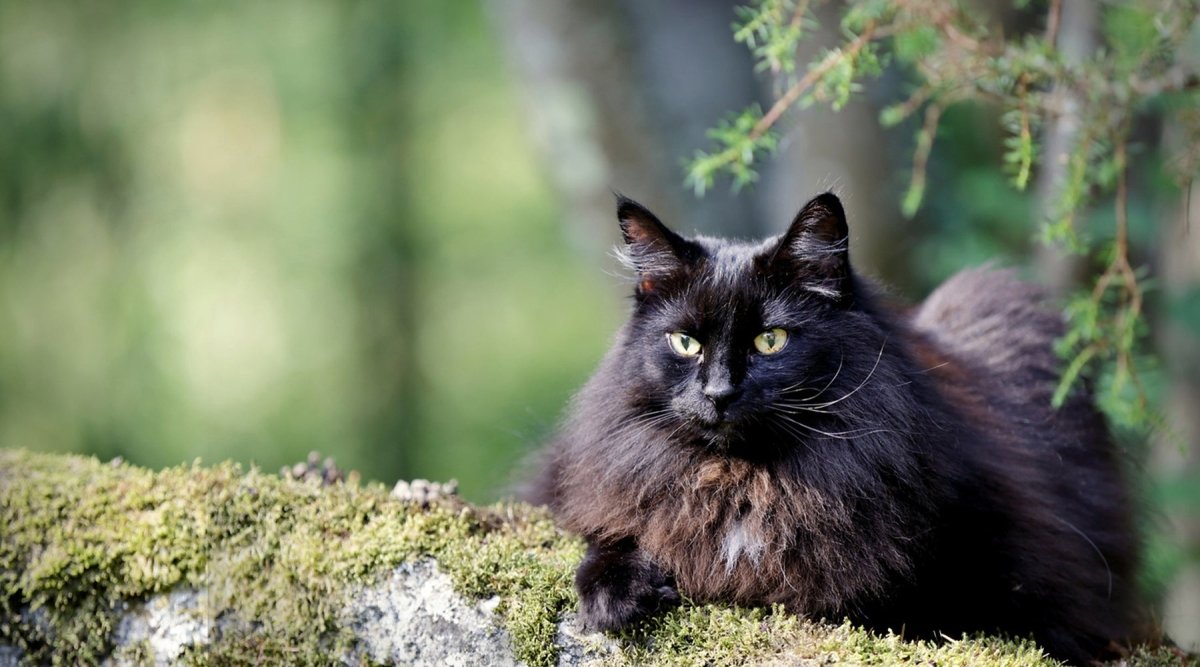Do you have any questions about osteoarthritis in cats or general issues relating to your furry friend?
Our veterinary practitioners will answer your questions free of charge!
Free service hotline: 0800 4504150
E-MAIL SUPPORT: service@aniforte.de
What is osteoarthritis?
Of course, cats also have joint problems and diseases. Osteoarthritis is a typical joint disease that can even become very painful. This chronic joint disease mainly occurs in older cats and is caused by damaged cartilage tissue in the house cat. Cartilage and synovial fluid act as a buffer between the joints and prevent them from rubbing against each other. If the cartilage is damaged or wears out, the cartilage surface changes and cracks - further cartilage damage is inevitable. The resulting friction between the joints is increased and manifests itself as pain in the cat. Joint inflammation such as arthritis can also contribute to osteoarthritis in cats. While arthritis is an inflammatory joint disease and can be caused by infections or rheumatism, osteoarthritis in cats can also be the result of arthritis.
From the age of 9, the majority of cats show irreversible wear and tear of cartilage and joints. The most common joints affected by osteoarthritis are the elbows and shoulders, followed by the knees and hips.
Treating osteoarthritis in cats
Early and rapid treatment is crucial for feline osteoarthritis. This joint disease should always be diagnosed by a vet or veterinary practitioner so that other health problems can be ruled out as the cause. The use of painkillers and other conventional medication should also be based on a diagnosis.
Osteoarthritis in cats cannot be cured as the cartilage is already destroyed. It is therefore all the more important to supply the cartilage and joints with important nutrients such as collagen, anti-inflammatory omega-3 fatty acids or mineral-rich calcium sources at an early stage so that regeneration takes place more quickly and the elasticity and stability of the cartilage is maintained.
To treat advanced osteoarthritis in cats, measures such as pain therapy, physiotherapy, acupuncture, medication and feed supplements are used. Depending on the severity, painkillers and various therapies must be administered continuously. You should make sure that the medication is well tolerated by your cat and does not cause any side effects with any other medication your cat may be taking.
Otherwise, we recommend keeping your cat warm, especially in winter. Your cat should not lie in a draught or near a window during the cold season. Free-roaming cats should not be left outside for too long in the rain or snow. If the little stray comes home soaked and frozen through, it should be rubbed dry directly with a towel and, if the cat allows it, blow-dried.
Healthy for cats' joints - choosing the right supplements
Food supplements are the first choice for strengthening cats' joints. In particular, green-lipped mussel powder in combination with rosehip powder has proven effective in the treatment of osteoarthritis in cats. This is why these supplements can also be found in cat food as well as in some therapeutic snacks and treats. Green-lipped mussel powder is known for its high content of glycosaminoglycans, omega-3 fatty acids and amino acids. The effect of rose hip powder on joints and osteoarthritis has also been proven in numerous studies. It contains an exceptionally high proportion of vitamin C, 20 times more than lemons, and also provides important galactolipids. They are particularly well known in human medicine for their effects on joint diseases such as osteoarthritis.
Another important factor in arthrosis therapy for cats is pain relief. Devil's claw is considered a promising remedy here. This is because the African sesame plant is a traditional remedy from South Africa and Namibia and is still considered an insider tip in natural veterinary medicine. Laboratory tests have shown that devil's claw contains substances such as harpagosides, which have a pain-relieving and anti-inflammatory effect on joints. In addition, the plant has no known side effects, unlike typical arthrosis medication. If devil's claw is mixed into cats ' food, it can significantly reduce pain after just a few weeks.
Causes of joint disease in cats
There are several possible causes of osteoarthritis in cats:
- Excessive recurring (incorrect) stress on the joints
- Malnutrition in young cats - nutrient oversupply or undersupply
- Genetic causes, such as slow cartilage formation
- Trauma to the joint (bone fractures, dislocations, bruises, etc.)
- Dysplasia (hip joint/elbow dysplasia)
- Patellar luxation (dislocation of the kneecap)
- Overweight
Heavy repetitive stress on joints (frequent jumping from high objects, sprinting, etc.) can damage the cartilage in cats and also impair the production of synovial fluid. Malnutrition in young cats - too few omega-3 fatty acids, collagen, calcium, etc. - also leads to a loss of cartilage mass. If the cartilage lacks "healthy food", the cartilage cells cannot grow and are not elastic enough to absorb stress. Particularly with age, a cat's joint cartilage loses elasticity, becomes stiffer and wear and tear progresses more quickly.
These disruptive factors lead to the cells in the cartilage being disproportionately activated and the destruction of the proteins in the cartilage being intensified by build-up and breakdown enzymes. In the long term, this reduces the collagen content in the cartilage and the cartilage cells die off. Rigid scar tissue forms, which damages both the cartilage mass and the joint. Chronic inflammation is the result.
At an advanced stage, this process causes permanent pain in the joint. At this point at the latest, it is necessary to add important nutrients to the diet to build up the cartilage tissue. The aim of treatment should be to strengthen cats' joints and protect the cartilage.
Osteoarthritis in cats - interpreting symptoms correctly
Compared to humans, animals have a higher pain threshold. As a rule, cats do not let their pain show, so owners do not immediately notice that something is wrong with their pet. The symptoms of osteoarthritis in cats can vary from animal to animal. They are often non-specific, which unfortunately makes early diagnosis difficult. Therefore, osteoarthritis in cats can go unnoticed for a long time.
However, there are some behavioral patterns that may indicate that your cat is suffering from joint problems:
- Stiff posture
- reluctance to move
- Avoiding jumping from high heights
- Less movement in general
- Lameness
- Changes in behavior
- Fever
- Reduced play instinct
- Anxiety and aggressive behavior
- Increased sleeping
- Changed walking behavior
- Problems getting up
- Crooked posture
These non-specific symptoms do not all have to occur at the same time; individual signs can also indicate osteoarthritis.
In order to diagnose a joint disease such as osteoarthritis in cats, there is no getting around a visit to the vet. Lameness examinations, X-rays and a computer tomography (CT) scan can be used to diagnose osteoarthritis. The CT and X-ray images are the best way to show how advanced the cat's osteoarthritis is and which treatment makes the most sense.



